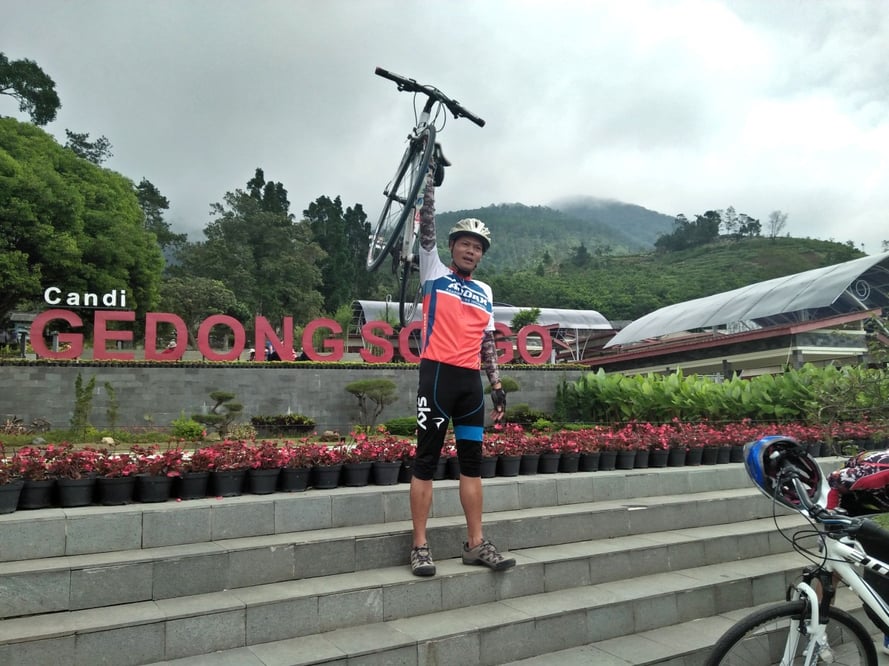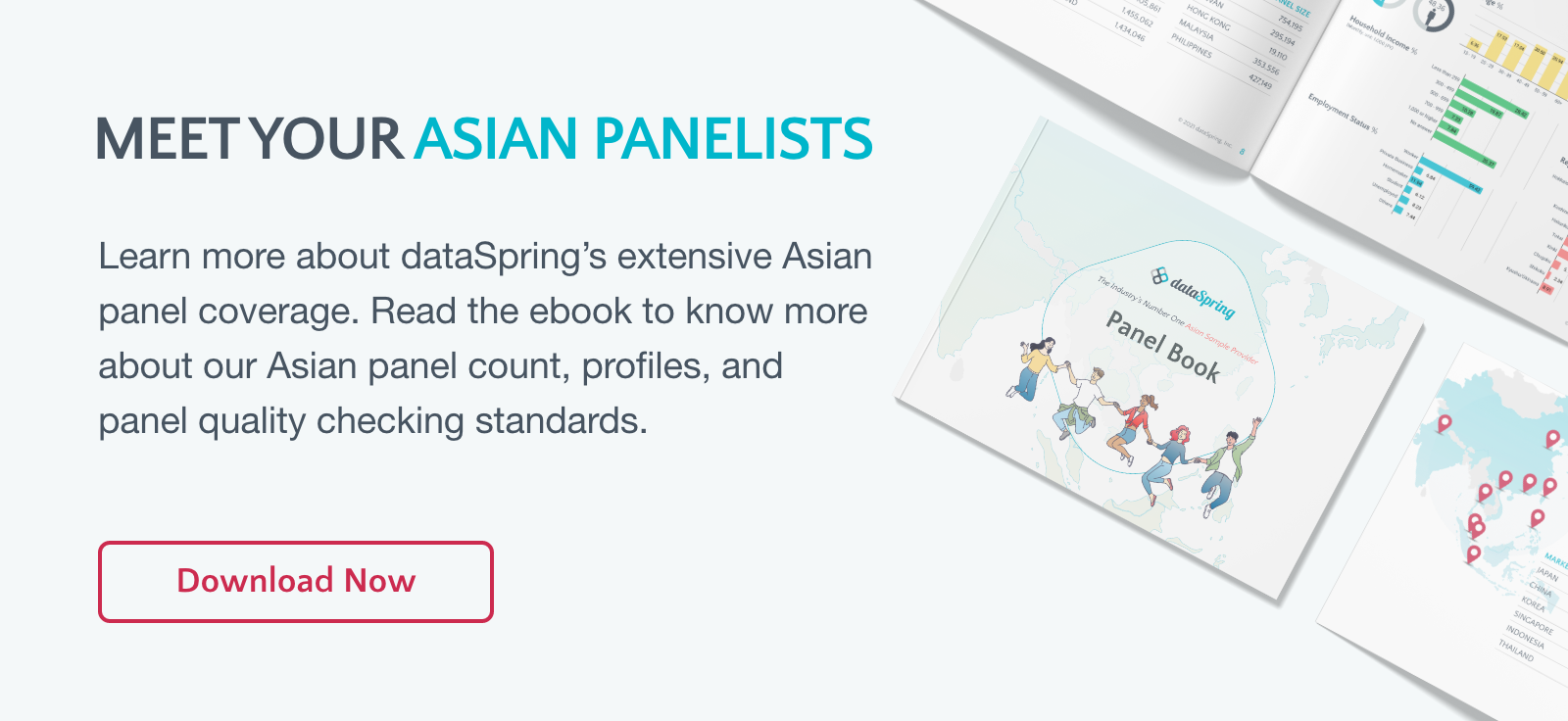 The global pandemic has brought a so-called “new normal” to many aspects of our lives, especially when it comes to daily public transportation. Due to the social distancing measures imposed by governments worldwide, city dwellers from New York to Tokyo hopped on bikes both as a travel alternative and a newfound hobby. Bike sales have surged globally that even the world’s biggest bike maker, Giant, found it difficult to fill orders.
The global pandemic has brought a so-called “new normal” to many aspects of our lives, especially when it comes to daily public transportation. Due to the social distancing measures imposed by governments worldwide, city dwellers from New York to Tokyo hopped on bikes both as a travel alternative and a newfound hobby. Bike sales have surged globally that even the world’s biggest bike maker, Giant, found it difficult to fill orders.
In Southeast Asia, where two-wheeled transport is the norm, biking has further cemented itself as one of the most favorite modes of transportation. Quarantine restrictions across the region made bikes essential during the pandemic, serving as a safe alternative mode of transportation, food and supply delivery vehicle, and leisurely exercise.
Indonesia
Pre-pandemic traffic in Indonesia’s capital, Jakarta, was very heavy and people have started to buy bikes during the pandemic. Gyms and swimming pools were closed and fears of infection in crowded public transport spread, so people accepted the bike as part of the “new normal” to maintain their physical and mental health.
In June 2020, it was reported that there was a 500 percent increase in biking activity in Jakarta compared to the previous year, and the bike industry saw a huge boom in contrast to the country’s battered economy at the time. According to the Institute for Transportation and Development Policy (ITDP), a global NGO that promotes sustainable transportation and urban development, the number of bikers along Jl. Sudirman, a major thoroughfare in Jakata, increased by 1,000 percent by end of 2020. As the nation became the epicenter of the Delta variant of COVID-19, Indonesians sought refuge in biking to maintain their physical and mental health.
Bike sales in Indonesia have been brisk since June 2020, when stores were allowed to reopen. Some stores have delivered three times the monthly sales target, and new bikes were sold out even before they were displayed. In 2021, the price of bikes declined significantly due to oversupply in both domestic and foreign markets.
Due to the increase of bikers in the city, the Jakarta administration had set up miles of pop-up bike lanes in various major roads, and for a time there were car-free days imposed on 32 biking areas to avoid overcrowding. It was reported that Jakarta officials have already allotted 63 kilometers of special bike lanes across the city, and they’re planning to add another 101 kilometers within 2021. During World Bicycle Day on June 3, Jakarta governor Anies Baswedan led a biking campaign along with a big entourage of VIPs, however, his initiative to construct a biking monument on the main thoroughfare, which costs 800 million RP (roughly 55,000 USD), was met with derision by taxpayers.
As with other Southeast Asian countries, local bikers are petitioning for the government to provide facilities and conveniences like bike racks and public shower spots to convince more people to bike to work.
Philippines
In the Philippines, the suspension of public transportation in quarantined areas, especially in Metro Manila, forced commuters to use bikes. The capital city was shuttered in March 2020 as part of a wider lockdown of Luzon, the country’s most populous island. The suspension has been partially lifted, but with buses and jeeps still operating at limited capacity, people, especially workers required to work on-site, turned to bikes.
Biking was previously considered an expensive hobby usually reserved for the upper and middle class, but in recent years, the opening of bike shops across the region, as well as e-commerce sites, brought more affordable brands to the wider public. Before the pandemic, biking became a popular hobby among young Filipinos and has grown further in popularity to the point where local governments started to designate and construct bike lanes on roads and sidewalks, starting from Marikina City, which is currently labeled as a Bicycle-Friendly City.
During the pandemic period, bikes sell fast, with racks even at high-end bike shops going empty. Small bike shops in Manila’s La Loma district have to restock every week because of how fast their inventory sells out, with one store selling around 10 bikes and 100 helmets per week. Three out of four people in Manila cannot afford a car or motorcycle, so the next best mode of transportation to use in going to work and getting supplies are bikes. According to a study by iPrice in 2020, Filipinos were three times more likely to search online for bikes to buy in June than they did in April.
When the pandemic hit and quarantine measures were enforced, biking around Metro Manila was easier because there were fewer vehicles on the road, but when the lockdown was eased and everyday traffic returned, new bikers were introduced to the daily headaches of roadblocks, traffic congestions, and irate drivers. Currently, there are calls among biking communities for more bike-friendly roads.
The surge in interest in biking prompted officials to announce a plan in August 2020 to construct a 644-kilometer bike lane, partially funded by a pandemic-related stimulus fund. However, biking on Philippine roads remains a hazardous affair, with some reckless drivers regarding bikers as nuisances, and poor infrastructure force bikers to ride alongside, or even in the middle of motor traffic and park in makeshift spots.
Malaysia and Singapore
The Malaysian government imposed a Motion Control Order (MCO), which encompassed restrictions on movement, assembly, and international travel to curb the spread of COVID-19 in the country. Under the order, biking and jogging were some of the few sports activities that were eventually allowed, so Malaysians found biking to be a great alternative to regular sports activities.
Because of this, bike store owners saw a 30 percent increase in business sales throughout the movement control order period. There’s a noticeable trend for road bikes and foldable bikes, as sales doubled when the Conditional MCO restrictions were lifted and biking was allowed again. The increase in the number of bikers created an ecosystem for small businesses, like roadside stalls, groceries, and even petrol stations along the bike routes.
Due to the COVID-19 restrictions in Singapore, more people started exploring Singapore for food discovery, sightseeing, and making new friends, going beyond the usual parks and onto the country’s extensive road network. Social media groups for Singaporean bikers continue to entice more people to join weekly rides and learn how to travel safely.
Despite the proliferation of bike-sharing companies in Singapore, residents continue to purchase personal bikes, leading to shortages of stocks in bike shops and some brands needing to increase prices. Despite the high demand, biking continues to be treated as a leisure activity rather than essential everyday gear, as it became a weekend activity for families.
Want to know more about what's going on around Southeast Asia? Check out our other Eye on Asia entries to find out! We've got stories on the motorbike culture of Vietnam and on the fate of the 2021 SEA Games. See you in the next one!


 Download Panel Book
Download Panel Book


